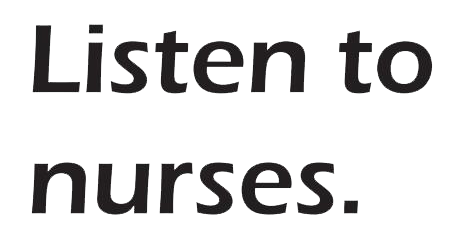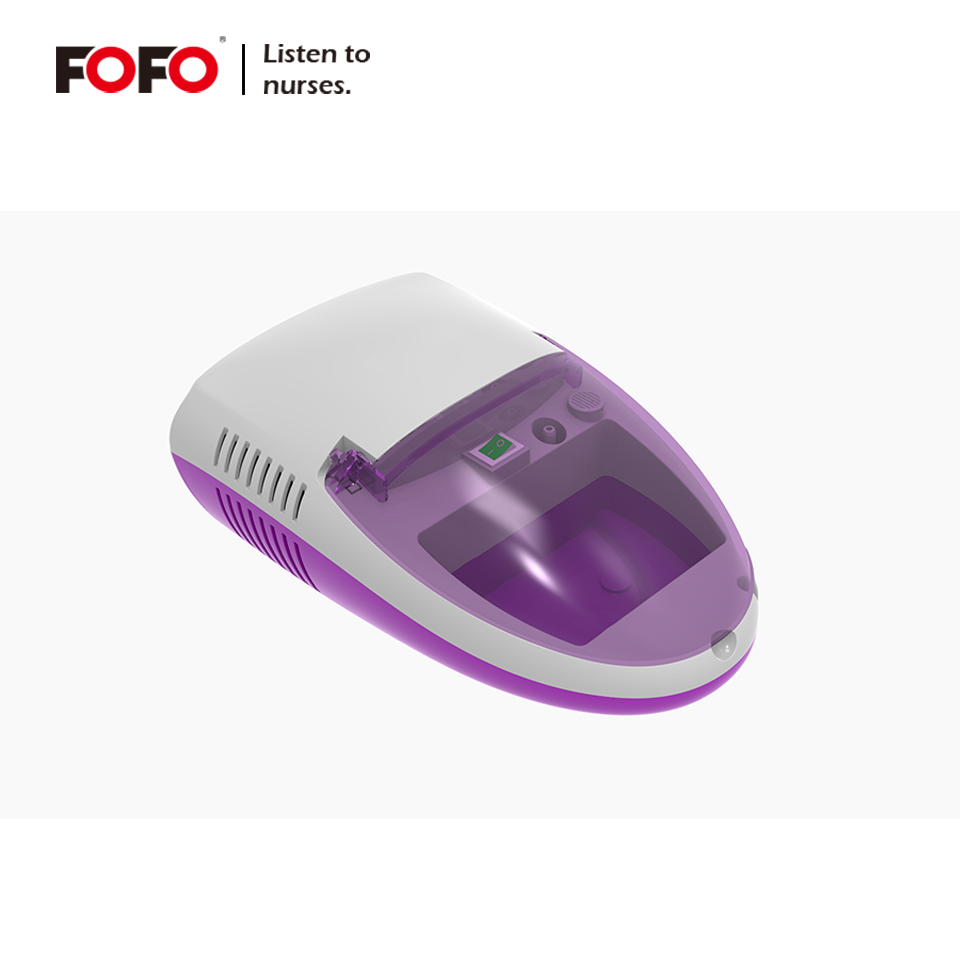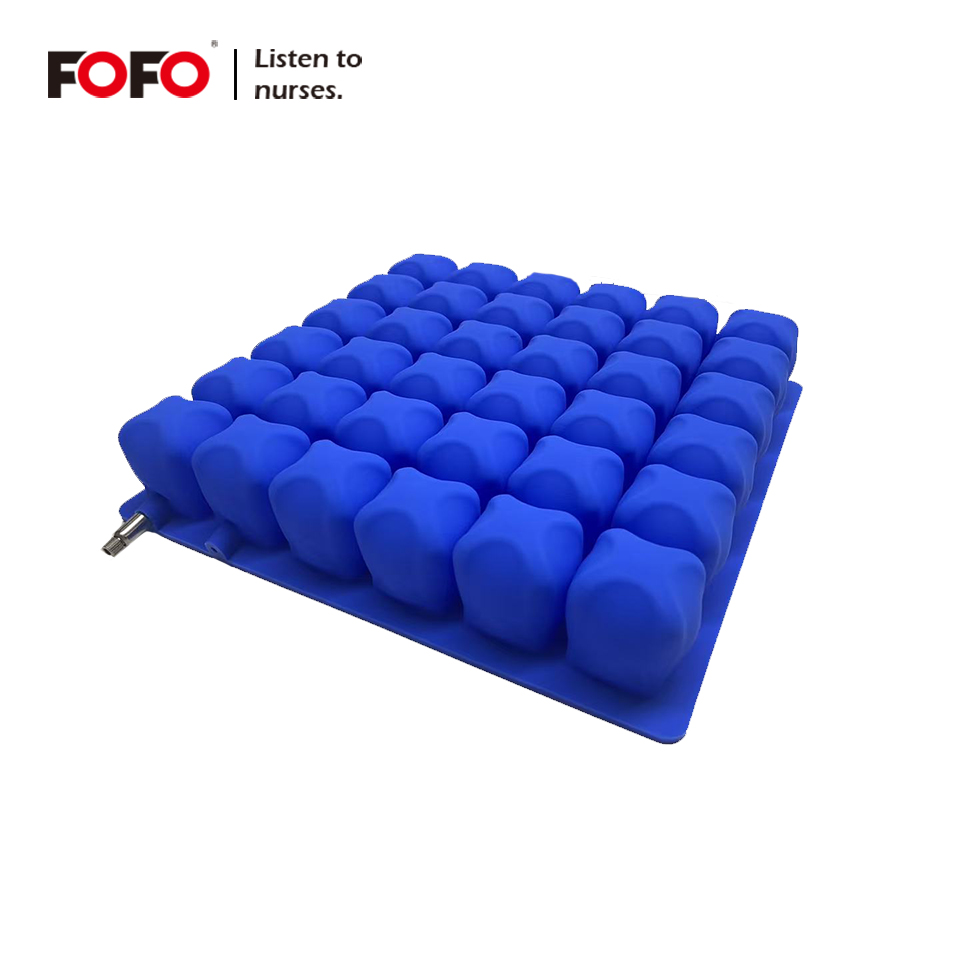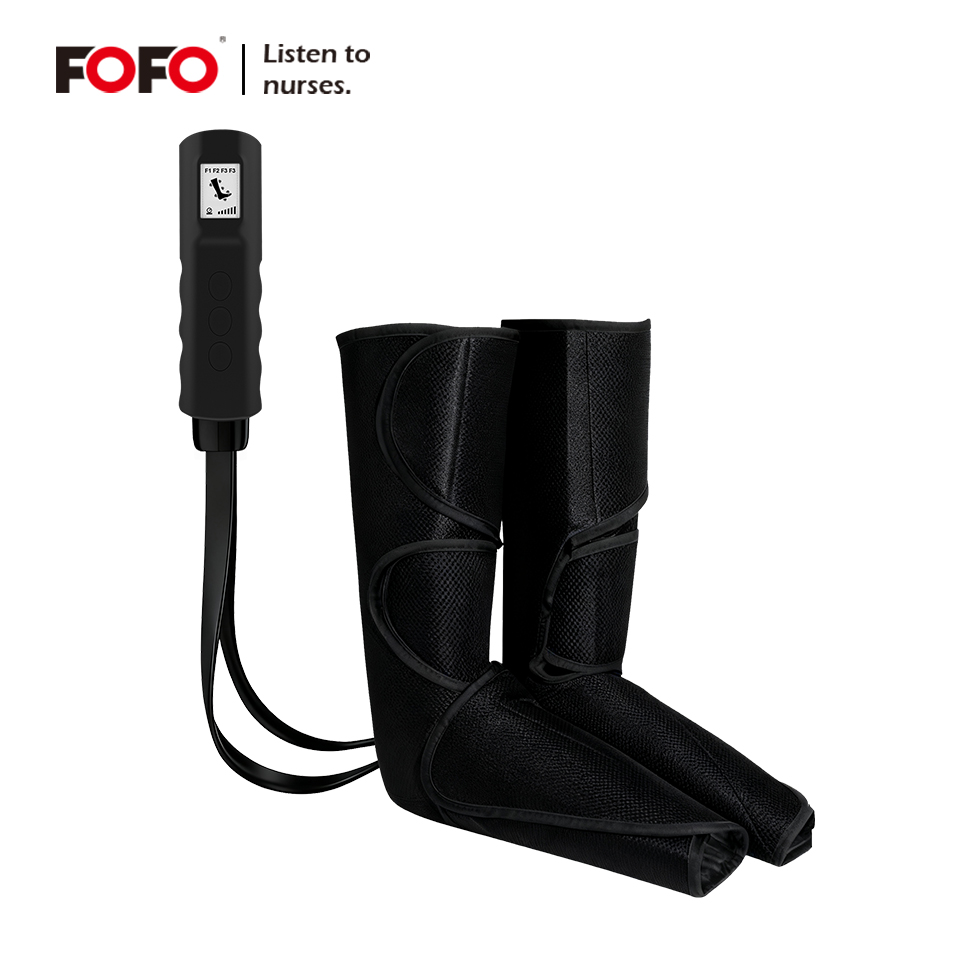
Suction Machines are at the forefront of policy changes in the industrial equipment sector. New regulations focus on enhancing material safety, reducing environmental impact, and ensuring product quality. These updates promote sustainable practices and innovation in design.
Contents
- 1 The Post‑Pandemic Spotlight on Suction Machines
- 1.1 Global Policy Landscape: Five Forces Shaping the Next Generation of Suction Machines
- 1.1.1 FDA Quality System Refresh & UDI Tightening
- 1.1.2 EU MDR 2024/1860 & EUDAMED Readiness
- 1.1.3 ISO 10079‑1:2022 Harmonisation
- 1.1.4 WHO 2024 Infection‑Control Benchmarks
- 1.1.5 China NMPA 2025 & Dual‑Circulation Strategy
- 1.1.6 Standards & Certifications: A Quick‑Reference Matrix
- 1.1.7 Design Trends: How Policy Is Steering Hardware Evolution
- 1.1.8 Choosing Between Electric, Manual, and Hybrid Suction Machines
- 1.1.9 What Sets Fofomedical Apart
- 1.1.10 Practical Roadmap: How to Specify Your Next Fleet of Suction Machines
- 1.1.11 Suction Machines FAQ
- 1.1 Global Policy Landscape: Five Forces Shaping the Next Generation of Suction Machines
The Post‑Pandemic Spotlight on Suction Machines
Over the past three years, airway management technology has climbed from a back‑of‑house necessity to a headline topic for clinical safety committees and public‑health regulators alike. Rising surgical volumes, an aging global population, and new infection‑prevention expectations have all converged to make Suction Machines strategic—not merely supportive—assets in hospitals, ambulances, and home‑care settings.
Global Policy Landscape: Five Forces Shaping the Next Generation of Suction Machines
FDA Quality System Refresh & UDI Tightening
In April 2025 the U.S. Food and Drug Administration reaffirmed that Class II airway suction devices must comply not only with 21 CFR §820 quality‑system requirements, but also with the agency’s expanded Unique Device Identification (UDI) implementation timeline. The upshot: every pump, canister, or battery module entering the U.S. must carry scannable codes that integrate seamlessly into electronic health‑record systems, enabling faster recalls and real‑time utilisation tracking.
EU MDR 2024/1860 & EUDAMED Readiness
Across the Atlantic, Regulation (EU) 2024/1860 obliges suction‑device manufacturers to upload safety, performance, and post‑market surveillance data into the European database EUDAMED by Q4 2025, with no grace period for legacy SKUs. Failure to comply risks market withdrawal. The regulation also reinforces higher standards for biocompatibility of patient‐contact plastics—pressuring suppliers to switch from conventional PVC to phthalate‑free blends.
ISO 10079‑1:2022 Harmonisation
The fourth edition of ISO 10079‑1 (2022) synchronises electrical‑safety and flow‑rate testing requirements worldwide, while its late‑2023 Korean adoption signals rapid uptake in Asia‑Pacific procurement tenders. Hospitals can therefore expect purchasing committees to demand certificates of conformity—an area where Fofomedical holds full accreditation.

Wholesale Suction machines
WHO 2024 Infection‑Control Benchmarks
The WHO Global Report on Infection Prevention and Control (2024) calls for continuous negative‑pressure readiness and single‑path suction circuits to cut ventilator‑associated pneumonia by up to 50 %. Devices that integrate autoclavable canisters or closed in‑line filters directly address these metrics, giving hospitals a quantifiable way to reduce HAIs while meeting ESG scorecards.
China NMPA 2025 & Dual‑Circulation Strategy
China’s National Medical Products Administration now vets imported suction pumps under an accelerated “simplified filing” pathway—provided they carry ISO 10079 test data and digital UDI labels in GB/T formats. For multi‑national chains, this harmonisation compresses launch timelines but raises documentation stakes.
Standards & Certifications: A Quick‑Reference Matrix
| Framework | Compliance Focus | What Buyers Should Verify in 2025 |
|---|---|---|
| ISO 10079‑1:2022 | Electrical safety, flow accuracy, vacuum stability | CE or CB test reports citing Edition 4 |
| FDA 21 CFR §820 + UDI | Quality‑system design controls, traceability | Device label with scannable DI+PI codes |
| EU MDR Annex IX | Clinical evaluation, PMS, EUDAMED uploads | Notified‑body certificate + SRN |
| WHO IPC 2024 KPIs | Negative‑pressure readiness, cross‑contamination risk | Single‑use liner or validated reprocessing cycle |
| RoHS 3 & REACH | Restricted substances (lead, DEHP, BPA) | Material declaration from supplier |
Design Trends: How Policy Is Steering Hardware Evolution
Quieter, Greener, Smarter
Mandatory acoustic limits in several EU member states (≤ 55 dB(A) in patient wards) are pushing OEMs toward brushless‑DC motors with sealed acoustic baffles. Meanwhile, hospital sustainability teams increasingly mandate that canisters be either autoclavable polypropylene or curbside‑recyclable PET, eliminating incineration costs. Fofomedical’s latest QuietFlow™ series meets both decibel and recyclability thresholds while retaining 28 L/min flow at −600 mmHg.
Integrated Digital Safeguards
UDI barcodes are only the beginning: proposed FDA guidances for FY 2025 encourage connectivity that auto‑logs vacuum events into the electronic record. Our IoT‑ready SmartVac™ modules upload usage data via BLE or Wi‑Fi, sending predictive‑maintenance alerts that dovetail with ISO 13485 corrective‑action plans—saving biomedical teams hours of manual tracking.
Modular Power for Field & Home Care
Disaster‑response agencies now write tenders that prioritise quick‑charge lithium packs able to deliver 60 minutes of autonomous suction without exceeding IATA transport limits. Fofomedical’s RapidSwap™ battery dock answers this call and is certified UN 38.3 for air shipment, supporting humanitarian supply chains.
Choosing Between Electric, Manual, and Hybrid Suction Machines
-
Wall‑Mounted Electric Systems
Best for: Operating theatres and ICUs with continuous vacuum pipelines.
Policy watchpoint: Under EU MDR “fully integrated” definitions, the pipeline regulator counts as an accessory and must appear in your technical file. -
Portable Electric Units
Best for: Ambulances, emergency rooms, ward overflow.
Policy watchpoint: ISO 10079 stipulates drop‑ and vibration‑testing for field use; some legacy models fail Edition 4 thresholds. -
Foot‑Pump & Hand‑Pump Models
Best for: Low‑resource environments, infectious‑disease isolation tents.
Policy watchpoint: While exempt from certain electrical‑safety clauses, they still require biocompatible patient tubing under ISO 10993. -
Hybrid Battery‑Assist Systems
Best for: Home care where grid reliability is inconsistent.
Policy watchpoint: Lithium‑ion packs must meet IEC 62133‑2, increasingly referenced by FDA import inspectors.

Medical Suction Machines
What Sets Fofomedical Apart
End‑to‑End Regulatory Alignment
Because Fofomedical maintains design and manufacturing under one ISO 13485 umbrella, our design history files already map line‑by‑line to FDA, EU MDR, and China NMPA checklists—cutting your documentation prep time by up to 40 %.
Sustainability Built In
All primary housings are moulded from PCR (post‑consumer‑recycled) ABS that passes UL 94‑V0 flame standards, and every canister line includes a bio‑based PLA option for facilities targeting zero‑incineration waste streams.
Customisation Without Compromise
Need an LED backlit screen in French, smart‑card access logging, or an antimicrobial‑silver powder coat? Our modular tooling makes it a three‑week lead time, not three months. And yes, every bespoke SKU still rolls off our ISO 8 cleanroom line with traceable batch records—so your notified body stays happy.
Practical Roadmap: How to Specify Your Next Fleet of Suction Machines
-
Audit Clinical Workflows
Map high‑risk airway‑clearance points (ICU bedside, EMS stretcher, home ventilator), noting average vacuum time per encounter. -
Cross‑Check Policy Mandates
Match workflows against the matrix above. If you operate in both the EU and U.S., choose SKUs dual‑certified under ISO 10079‑1 and 21 CFR §820 to avoid parallel inventory. -
Evaluate Sustainability Goals
Calculate annual canister disposal tonnage; switching to recyclable PET could slash clinical‑waste fees by double‑digit percentages. -
Pilot & Validate
Request demo units from Fofomedical, run ISO 10079 flow and noise tests on‑site, and log UDI scans into your EHR sandbox. -
Train & Maintain
Use Fofomedical’s e‑learning modules—updated quarterly to reflect new FDA guidance—to keep staff competent and compliant.
Suction Machines FAQ
Q1. Are portable battery‑powered Suction Machines allowed on commercial aircraft?
Yes—if the battery pack meets UN 38.3 and IEC 62133‑2. Fofomedical’s RapidSwap™ modules are certified accordingly.
Q2. Do closed‑canister designs lower infection risk?
WHO IPC data indicates a 30‑50 % reduction in environmental contamination when single‑use liner systems replace open jars.
Q3. How many UDI characters must appear on a U.S.‑market label?
A device identifier (DI) plus at least one production identifier (PI)—typically LOT or serial number—totaling 14–24 characters.
Q4. Does ISO 10079‑1:2022 supersede local standards?
In most jurisdictions it is harmonised and thus “state‑of‑the‑art,” but local electrical‑safety laws (e.g., EU Low‑Voltage Directive) still apply.
Q5. Are bioplastics accepted in suction canisters?
EU MDR accepts PLA blends if they meet EN 45545 biocompatibility and performance tests; Fofomedical’s GreenCan™ range complies.

Suction machines Suppliers
Regulation is often portrayed as a hurdle, yet the 2024‑25 policy wave reshaping Suction Machines offers clinicians and manufacturers a rare opportunity: to align patient safety, environmental stewardship, and digital traceability in a single design journey. By codifying negative‑pressure performance, mandating UDI traceability, and rewarding recyclable materials, today’s regulators are signalling a future in which airway‑clearance technology is quieter, smarter, and greener than ever before.
For healthcare providers, the strategic play is clear. First, audit your current fleet against ISO 10079‑1 and region‑specific rules; second, prioritise models whose UDI and data‑connectivity features will dovetail with EHR and asset‑management platforms; third, embed sustainability criteria—reusable or recyclable canisters, low‑noise motors, energy‑efficient powertrains—into every RFP you issue.
Fofomedical stands ready to accelerate that transition. Our vertically integrated manufacturing, full‑spectrum regulatory intelligence, and modular engineering allow us to deliver bespoke, compliant solutions in weeks, not quarters. Whether you run a 1 000‑bed tertiary hospital in Paris or a rural EMS fleet in the Pacific Rim, we can tailor a suction roadmap that meets your local compliance obligations and your global sustainability ambitions.
Previous News
Heated Air Pressure Massager: Policy Trends and...Next News
Elevating Patient Comfort and Care: The Benefit...Feature Product
-
Piston Nebulizer Machine Portable BC68002-C
Piston Nebulizer Machine Portable: Hospital-Gra...
-
Anti Bedsore Massage Air Cushion Wheelchair
Anti Bedsore Massage Air Cushion Wheelchair: In...
-
Air Compression Leg Massager with Heating FO3003B
Air Compression Leg Massager: Targeted Relief f...




